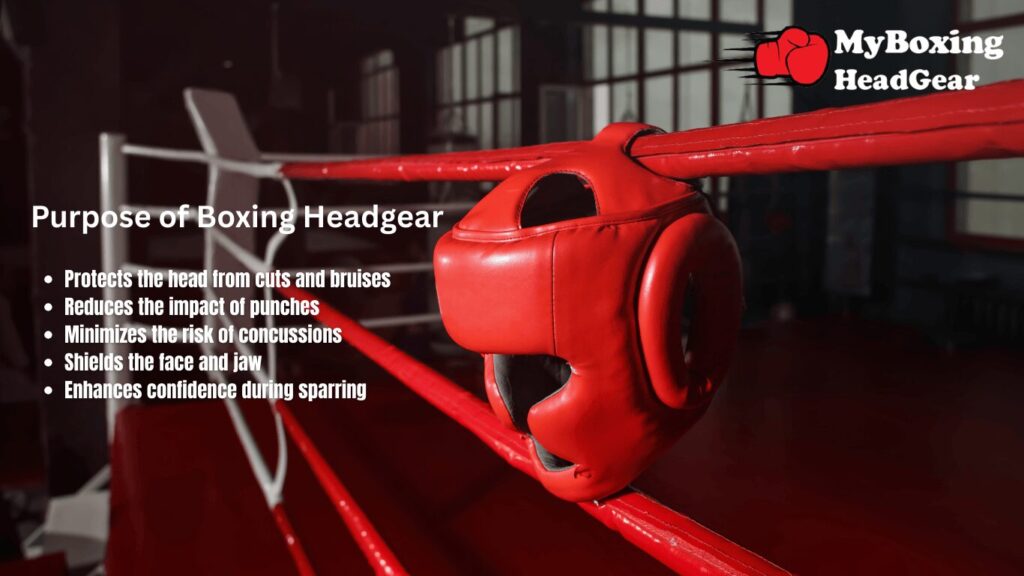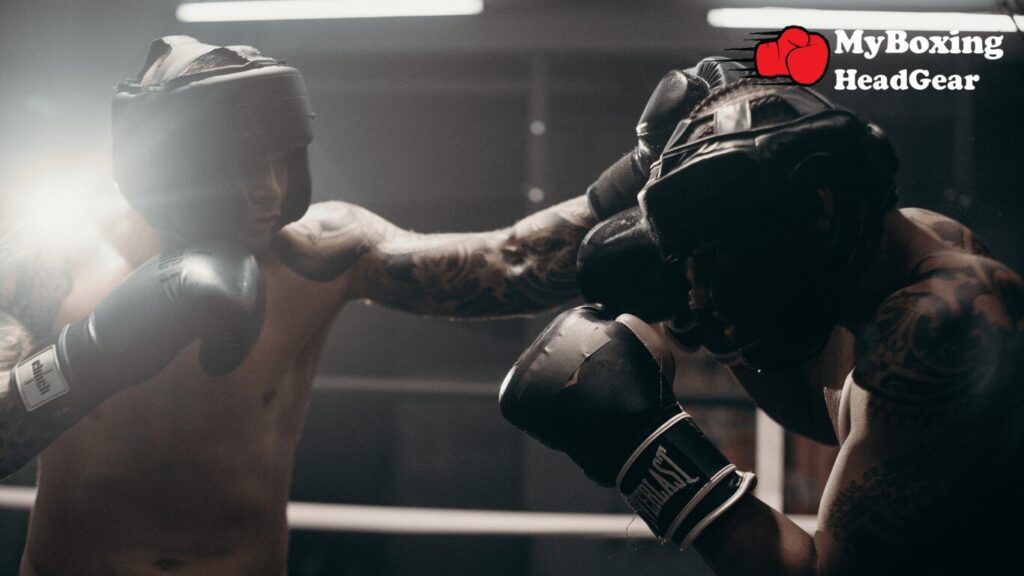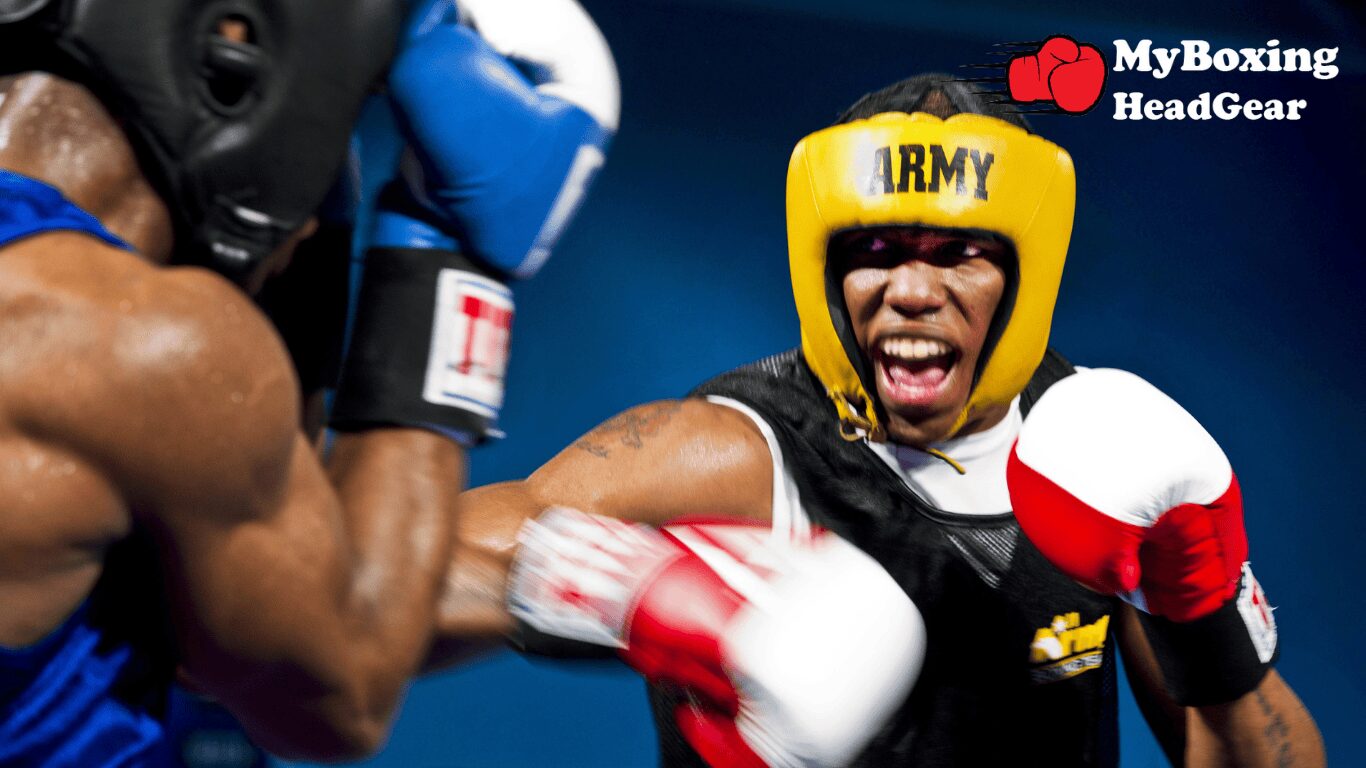Boxing headgear has long been a fixture in amateur bouts and sparring sessions, with the assumption that it increases safety and reduces injury risk. Visually, the padding appears protective, and many associate it with a lower risk of serious trauma. However, the relationship between headgear and brain protection is more complex than it seems.
While it’s clear that headgear reduces superficial injuries like cuts and bruises, the ongoing debate revolves around a more serious question: Does headgear protect the brain during sparring, and can it actually prevent concussions?
Purpose of Boxing Headgear

The primary function of boxing headgear is to safeguard the face and scalp from superficial damage. It includes reducing lacerations, facial bruising, and swelling. In amateur competitions, where judges base their scoring on clean punches rather than knockouts, minimizing visible damage is crucial.
Headgear is also standard in most sparring environments, particularly at the amateur level, to protect fighters during training. However, it’s important to note that not all headgear is the same. Professional headgear used in training camps often differs in structure and padding compared to competition-approved models.
These variations affect visibility, weight distribution, and comfort, but do they truly impact boxing brain injury risk?
How Brain Injuries Occur in Boxing
Understanding how brain injuries happen in boxing is critical for headgear evaluation. With a concussion, the brain moves rapidly inside the skull, often from a sudden blow. The brain may twist or bounce, destroying cells and interfering with normal function.
Boxing head trauma isn’t limited to a single hard hit. In fact, repeated sub-concussive blows over time can lead to cumulative neurological damage.
The force that causes injury is often rotational—the head twists violently on the neck, rather than purely linear, which is a straight push backward or forward. This distinction is important, as headgear may help reduce the impact of linear blows but has limited effectiveness against rotational forces.
Scientific Studies on Headgear and Brain Protection
Some studies attempted to determine whether headgear prevents concussions, with mixed and sometimes surprising results. Research from the International Boxing Association (AIBA) led to the controversial removal of headgear from male amateur Olympic boxing in 2013. The rationale? Data showed a decrease in concussion rates after the fighter eliminated the headgear.
Additional studies have reinforced this outcome. Some suggest that fighters wearing headgear may be more likely to absorb repeated headshots due to increased target size and a false sense of invincibility. In other words, padding may inadvertently lead to higher exposure to blows rather than reduce the risk of internal injury.
Moreover, studies on heavier, more padded headgear show diminishing returns. While they can prevent surface damage, the brain remains vulnerable to the forces that cause concussions. The helmet does not stop the brain from moving inside the skull—it only slows down external impact on the skull itself.
Headgear Limitations in Protecting the Brain

While headgear undeniably reduces superficial trauma, its protection against concussions and brain injury is limited. Fighters still experience high levels of head movement upon impact, which can lead to boxing brain injuries even when they wear well-padded gear.
Another concern is the false sense of security. Boxers may engage in more aggressive sparring, take greater risks, or sustain more punches when they believe they are well protected. In reality, the internal damage still occurs. Brain trauma is often invisible and cumulative, making the limitations of headgear a serious concern.
It is critical to remember that no existing headgear design can fully prevent concussions. Protective gear in boxing can help minimize damage, but it cannot erase the inherent risks of the sport.
Fighter and Coach Perspectives
Opinions within the boxing community remain divided. Some coaches insist that headgear is essential for preserving athletes during long training camps, especially when sparring regularly. Others believe it compromises performance by restricting vision and movement and may even worsen impact perception.
Among professional fighters, it’s not uncommon to spar without headgear during final fight preparations. Bare-head sparring is believed to encourage greater defensive awareness and limit reckless exchanges.
Despite anecdotal experiences, there remains a growing recognition that long-term neurological health requires more than gear. Headgear can only offer partial protection, and data-driven awareness is beginning to replace long-held assumptions.
Alternatives and Sparring Safety Best Practices
If the goal is sparring safety, then the focus must extend beyond equipment. Coaches and fighters are increasingly turning to smarter training practices, such as reducing the number of sparring rounds, limiting full-contact sessions, and using larger gloves to diffuse impact.
Selecting sparring partners who are controlled and technically sound also helps reduce unnecessary trauma. Perhaps most importantly, many elite gyms are now incorporating regular neurological assessments and baseline testing to monitor fighter health across seasons.
These measures go further in protecting fighters than relying solely on headgear, which can mask risks rather than eliminate them.
Should You Use Headgear in Sparring?
Whether or not to use headgear during sparring depends on several factors. For beginners, amateurs, and those prone to cuts or facial injuries, headgear offers a layer of physical protection that can extend training longevity. For professionals or experienced fighters, headgear may offer diminishing value and invite more punishment through overconfidence or larger target areas.
Ultimately, fighters must view boxing sparring protection holistically. Headgear has its role, but it should not be a failsafe against brain injury. Balancing safety, performance, and self-awareness remains the most effective approach to reducing harm in the ring.
Frequently Asked Questions
Does boxing headgear prevent concussions?
No, boxing headgear primarily prevents superficial injuries such as cuts and bruises. It does not prevent the brain from moving inside the skull, which is what causes concussions.
Why do some boxers spar without headgear?
Many professionals spar without headgear to improve defensive awareness, reduce overheating, and limit their exposure to additional head trauma caused by increased target size.
Does headgear make sparring safer overall?
It makes sparring safer in terms of facial protection, but does not significantly reduce the risk of internal brain injury. Safe sparring practices and proper training control are more effective overall.




